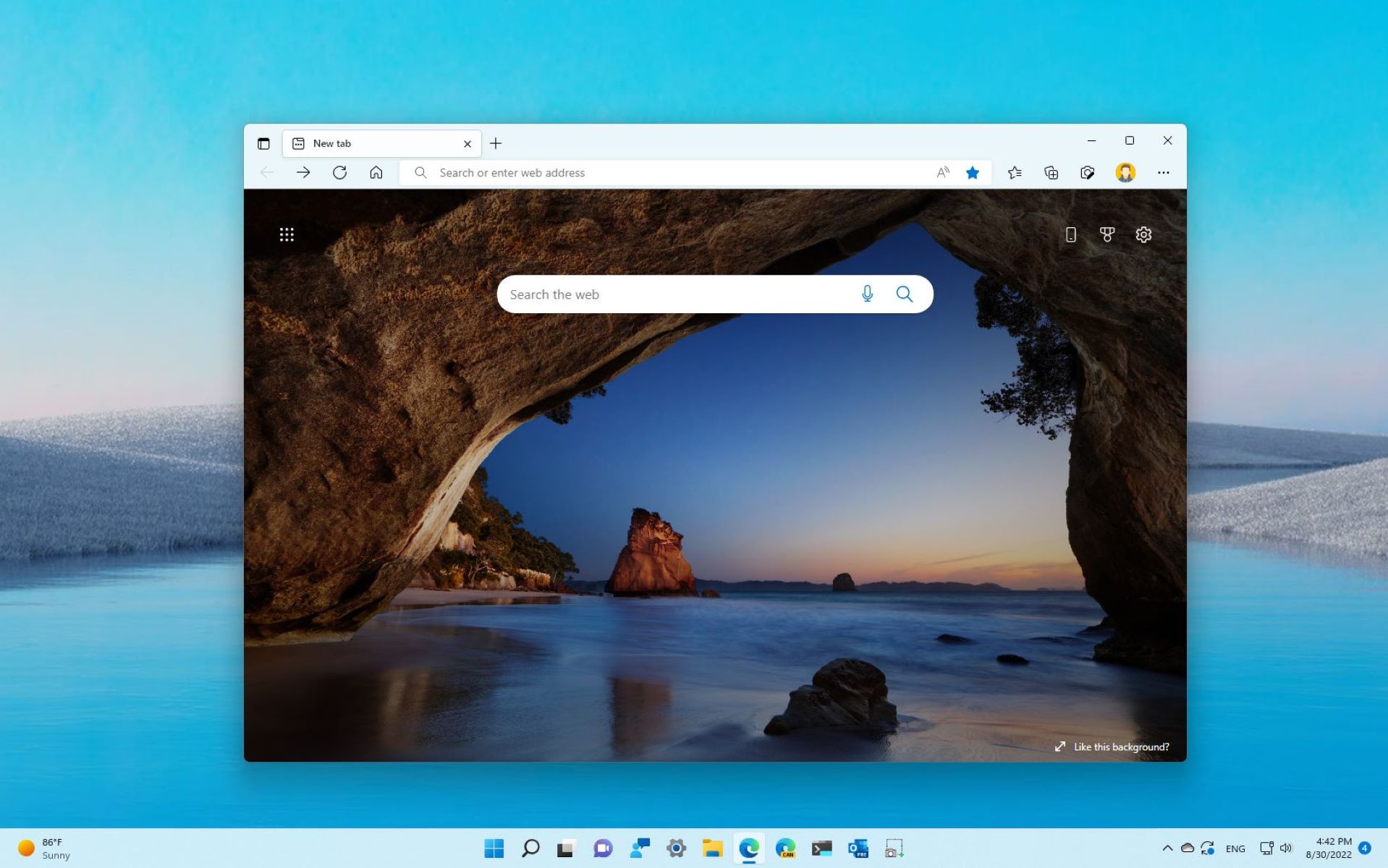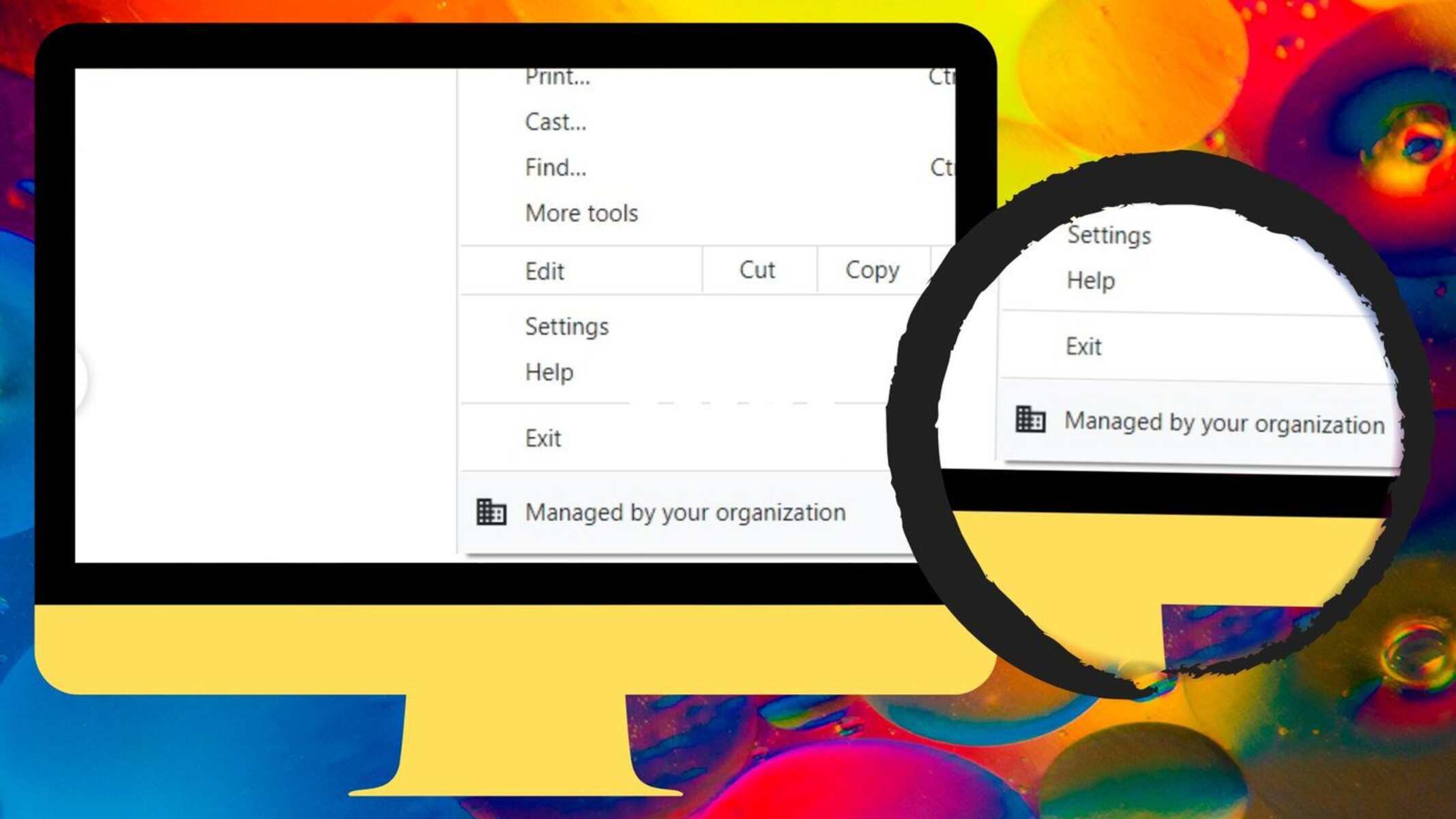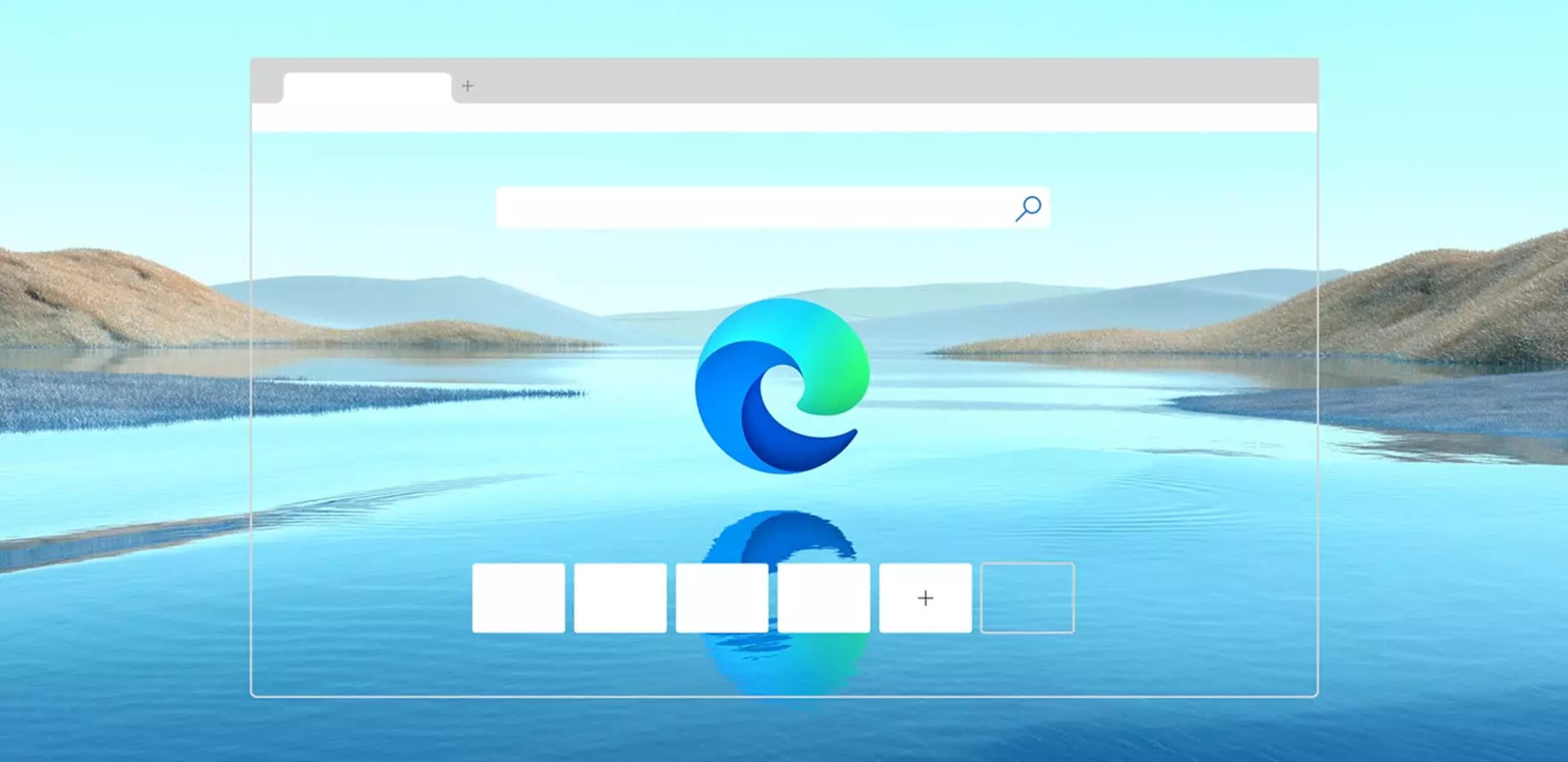Introduction
Microsoft Edge is a popular web browser that comes pre-installed with Windows 10. While it offers many useful features and improvements over its predecessor, some users may prefer to use a different browser as their default option. Whether you prefer Chrome, Firefox, or any other browser, Windows allows you to easily change the default browser to suit your preferences.
In this article, we will explore four methods you can use to remove Microsoft Edge as your default browser. These methods range from using the settings menu, PowerShell commands, Local Group Policy Editor, to modifying registry settings. By following these steps, you can set your preferred browser as the default option on your Windows 10 device.
Before we proceed, it’s important to note that changing the default browser will not uninstall Microsoft Edge from your computer. It simply means that links and other internet-related actions will open in your chosen browser instead of Microsoft Edge.
Now, let’s dive into the different methods available for removing Microsoft Edge as your default browser.
Method 1: Use Settings to Change Default Browser
The easiest way to remove Microsoft Edge as your default browser is by using the settings menu in Windows 10. Follow these simple steps to make your preferred browser the default option:
- Click on the Start Menu and open “Settings.”
- Select “Apps” from the list of options.
- In the Apps settings, click on “Default apps.”
- Scroll down until you find the “Web browser” section and click on the current default browser (which should be Microsoft Edge).
- A list of available browsers will appear. Choose your preferred browser from the list.
- Once you have selected your preferred browser, it will become the default option for all web-related activities on your computer.
That’s it! You have successfully changed the default browser using the settings menu. Now, whenever you click on a link or open a webpage, it will automatically open in your chosen browser instead of Microsoft Edge.
This method is straightforward and suitable for users who prefer a simple and direct approach to change their default browser. However, if you prefer a more advanced method, continue reading to explore other options for removing Microsoft Edge as the default browser.
Method 2: Remove Microsoft Edge Using PowerShell
If you’re comfortable using command line tools, you can remove Microsoft Edge as your default browser using PowerShell. Follow these steps to proceed:
- Open PowerShell as an administrator. You can do this by searching for “PowerShell” in the Start Menu, right-clicking on the result, and selecting “Run as administrator.”
- Copy and paste the following command into the PowerShell window and press Enter:
- Wait for the command to complete. It may take a few moments.
- Once the process is finished, Microsoft Edge will be uninstalled from your computer. This means that it won’t appear as an option for the default browser anymore.
- Now, open your preferred browser, and it will prompt you to set it as the default browser. Follow the on-screen instructions to complete the process.
powershell
Get-AppxPackage Microsoft.MicrosoftEdge | Remove-AppxPackage
Using PowerShell provides a more advanced way to remove Microsoft Edge as your default browser. It completely removes the browser from your system, freeing up resources and ensuring that it won’t interfere with your browsing activities.
However, keep in mind that uninstalling Microsoft Edge using PowerShell is irreversible. If you ever decide to use Microsoft Edge again, you will need to reinstall it manually.
Now that you have learned the second method, let’s move on to the next one, which involves using the Local Group Policy Editor.
Method 3: Disable Microsoft Edge Using Local Group Policy Editor
If you’re running the Windows 10 Pro or Enterprise edition, you can use the Local Group Policy Editor to disable Microsoft Edge as the default browser. Here’s how:
- Press the Windows key + R on your keyboard to open the Run dialog box.
- Type “gpedit.msc” and hit Enter to open the Local Group Policy Editor.
- In the left-hand pane of the Group Policy Editor, navigate to Computer Configuration -> Administrative Templates -> Windows Components -> Microsoft Edge.
- Double-click on the “Prevent Microsoft Edge from starting and loading the Start and New Tab page” policy in the right-hand pane.
- Select the “Enabled” option and click on “OK” to save the changes.
- Close the Local Group Policy Editor.
By enabling this policy, you’re preventing Microsoft Edge from starting and loading the start and new tab page. This effectively disables the browser and removes it as the default option.
After applying these changes, open your preferred browser, and it will prompt you to set it as the default browser. Follow the on-screen instructions to complete the process.
Please note that the Local Group Policy Editor is only available in certain Windows editions. If you’re using Windows 10 Home, you can skip this method and proceed to the next one.
Now that you know how to disable Microsoft Edge using the Local Group Policy Editor, let’s explore the final method: modifying registry settings.
Method 4: Modify Registry Settings to Remove Microsoft Edge as Default Browser
If you’re comfortable editing the Windows registry, you can remove Microsoft Edge as your default browser by modifying specific registry settings. Follow these steps to proceed:
- Press the Windows key + R on your keyboard to open the Run dialog box.
- Type “regedit” and hit Enter to open the Windows Registry Editor.
- Navigate to the following registry key:
- Double-click on the “Default” entry in the right-hand pane.
- Remove the path to Microsoft Edge in the “Value data” field. Replace it with the path to your preferred browser’s executable file. For example, if you want to use Chrome as the default browser, the “Value data” field should look something like:
- Click on “OK” to save the changes.
- Repeat steps 3-6 for the following registry keys:
HKEY_CURRENT_USER\SOFTWARE\Classes\http\shell\open\command"C:\Program Files\Google\Chrome\Application\chrome.exe" -- "%1"HKEY_CURRENT_USER\SOFTWARE\Classes\https\shell\open\commandHKEY_CLASSES_ROOT\http\shell\open\commandHKEY_CLASSES_ROOT\https\shell\open\commandOnce you have modified the registry settings, your preferred browser will become the default option for both HTTP and HTTPS protocols.
Please note that editing the registry can be risky if not done carefully. Make sure to follow the steps exactly as described, and consider creating a backup of your registry before proceeding.
Now that you have learned all four methods for removing Microsoft Edge as your default browser, you can choose the one that suits you best. Whether it’s using the settings menu, PowerShell, Local Group Policy Editor, or modifying registry settings, you now have the flexibility to set your preferred browser as the default option on your Windows 10 device.
Conclusion
Changing the default browser is a simple yet crucial customization that allows you to personalize your browsing experience on Windows 10. In this article, we explored four methods for removing Microsoft Edge as the default browser and replacing it with your preferred choice.
We started by using the settings menu, which is the easiest and most straightforward method. With just a few clicks, you can change the default browser to suit your preferences.
For users comfortable with command line tools, we learned how to remove Microsoft Edge using PowerShell. This method completely uninstalls Microsoft Edge from your computer, freeing up system resources.
If you have the Windows 10 Pro or Enterprise edition, we explored using the Local Group Policy Editor to disable Microsoft Edge as the default browser. This method is suitable for advanced users who want fine-grained control over their system settings.
Lastly, we discussed modifying registry settings as a way to remove Microsoft Edge as the default browser. This method requires caution and precision, as any incorrect changes to the registry can have serious consequences.
By following these methods, you can successfully replace Microsoft Edge as the default browser on your Windows 10 device with your preferred choice, whether it’s Chrome, Firefox, or any other browser you prefer.
Remember that removing Microsoft Edge as the default browser does not uninstall the browser from your system. It simply means that links and other internet-related actions will open in your chosen browser instead.
Choose the method that suits your comfort level and enjoy a browsing experience tailored to your preferences. Happy browsing!

























